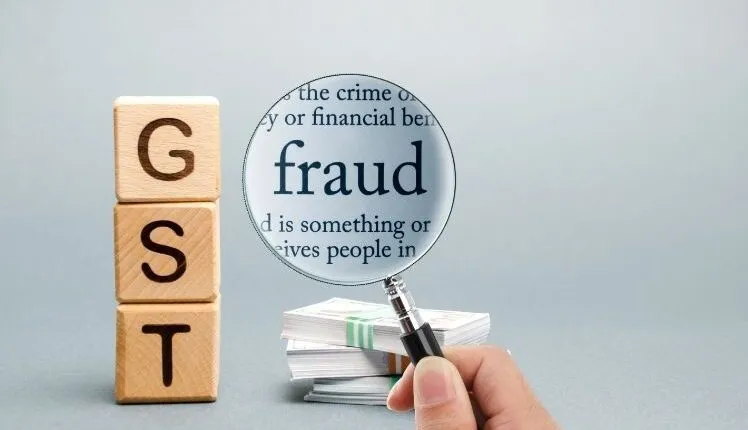Have GST Officials Detected Input Tax Credit Fraud Cases Doubling to 15,283 in Just 3 Years?

Synopsis
Key Takeaways
- The number of detected ITC fraud cases has surged dramatically.
- Government measures include mandatory filing and biometric verification.
- Penalties for ITC fraud have become more stringent.
- The Invoice Management System introduces efficiency for taxpayers.
- Efforts to combat fake registrations have intensified.
New Delhi, Aug 11 (NationPress) The count of input tax credit (ITC) fraud incidents discovered by Central GST authorities has surged more than twofold over the past three years, climbing from 7,231 cases in 2022-23, which involved approximately Rs 24,140 crore, to a staggering 15,283 cases in 2024-25, amounting to Rs 58,772 crore, as reported to Parliament on Monday.
The government has implemented proactive measures to combat and prevent fraudulent ITC claims. These measures include restricting input tax credit to only those invoices or debit notes that suppliers have submitted via the GSTR-1 form, with details communicated to registered individuals in the GSTR-2B form. Additionally, a registered taxpayer is prohibited from submitting the GSTR-1 form if they have not filed their GSTR-3B return for the previous tax period, as stated by Minister of State for Finance, Pankaj Chaudhary, in a written response to a Lok Sabha inquiry.
Filing the GSTR-1 form has become a prerequisite before submitting the GSTR-3B form for any tax period, and the electronic invoicing system (e-invoice) is now mandatory for all B2B transactions involving businesses with a turnover exceeding Rs 5 crore. Moreover, OTP-based verification of PAN linked to mobile numbers at the time of registration, along with email addresses associated with PAN, aims to prevent fraudulent GST registrations using another individual’s PAN without their knowledge, according to the minister.
Additionally, biometric Aadhaar authentication for registration applicants has been introduced, requiring those who opt-out of Aadhaar authentication to visit the GST Suvidha Kendra for photograph and document verification. Even cases where Aadhaar is authenticated may still undergo physical verification if deemed high-risk.
To further mitigate fraud, system-based measures have been initiated, including suspending registrations for individuals who fail to provide valid bank account details within the specified timeframe, as well as for those who do not file returns on time, under Rule 21A of the CGST Rules, 2017.
New registrations now require geo-tagging of the applicant's business location, and automated notices under Rule 88C/88D in the forms of DRC-01B and DRC-01C are being issued.
The act of fraudulently claiming ITC without an invoice has been classified as a cognizable and non-bailable offense. The beneficiary who retains benefits or facilitates a supply without proper invoicing, or who claims excess ITC, is subject to penalties, as indicated by the minister.
In late 2024, the Invoice Management System (IMS) functionality was launched on the GST portal to assist recipient taxpayers in managing their incoming invoices more efficiently. This system enables recipients to accept, reject, or mark invoices as pending, facilitating better reconciliation of invoices reported by suppliers in their GSTR-1, thus enhancing the ITC claim process.
To eliminate fake registrations, a focused initiative against fraudulent Input Tax Credit and fake registrations was conducted from May 16, 2023, to July 15, 2023, and again from August 16, 2024, to October 15, 2024, in collaboration with state and Central GST administrations, the minister concluded.








